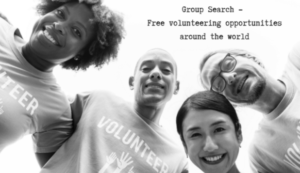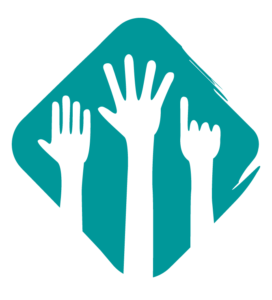Since late 2023 the civilian population in Gaza has faced repeated displacement, damage to homes and clinics, and long interruptions to food, water, fuel, and medical supplies. Most aid still enters through tightly controlled land crossings, yet the idea of sending help by sea captures the public imagination. Small boats feel direct and human, and they often feature community volunteers rather than large convoys.
Understanding where these efforts fit can help readers support what works.
Why small boats appear
Maritime initiatives emerge when overland routes are disrupted or unpredictable. Coastal towns can receive limited cargo quickly during short weather windows. Volunteers use light craft to shuttle water containers, ready-to-eat food, medical kits, tarps, and communications gear.
These loads are modest, but they can bridge gaps between larger deliveries.
What actually happens on the pier
The scene looks simple, although the planning is not.
Teams prepare manifests and weight limits, secure fuel and life vests, agree on a shore transfer point, and line up partners who can take custody on arrival. Boxes are plain, labels are clear, and contents match a published needs list.
Once ashore, local groups move items to clinics, shelters, or water points with careful record-keeping.
Law, safety, and coordination
Even small civilian craft operate under maritime and humanitarian rules.
Crews need insurance, safety equipment, reliable communications, and a plan for medical evacuation. Organisers notify authorities and coordinate with recognised humanitarian mechanisms to avoid duplication and to keep distributions safe.
Neutral presentation matters, so there are often no political symbols and no armed protection.
Limits
Light boats carry a fraction of what a single truck can deliver, and sea conditions change fast.
These missions cannot replace coordinated land corridors, warehouses, and professional logistics teams. They can complement them during short spikes in need, especially for water and medical items that fit in small volumes.
How to support without boarding a boat
The most reliable impact still comes from funding experienced organisations that manage crossings, clinics, and cold chains every day.
Trusted organisations to fund now
Prefer flexible, unrestricted donations. Avoid sending goods unless an agency has requested specific items.
- World Food Programme (WFP): food assistance and logistics.
- WHO Health Emergencies: medical supplies, trauma care support, disease control.
- UNRWA: relief and essential services for Palestine refugees.
- International Committee of the Red Cross (ICRC): emergency care, protection, family links.
- Palestine Red Crescent Society (PRCS): ambulance and hospital support inside Gaza.
- Médecins Sans Frontières (MSF): surgical and clinical support, medical supplies.
- UNICEF: water and sanitation, child protection, education.
- UNHCR: assistance for refugees and host communities outside Gaza.
- Anera: food parcels, medical aid, livelihoods programs.
- Medical Aid for Palestinians (MAP): support to health services and frontline care.
Tip: if you need tax deductibility, donate through the organization’s registered office in your country when available.
If donating is not possible, remote volunteers help by mapping roads, translating health messages, improving clinic websites, and supporting refugee programs in their own cities. Helpful action is steady, coordinated, and guided by the people doing the work on the ground.
Explore the international volunteer projects published on our website 👩🌾🫱🏻🫲🏻
Visit our blog 🌐
Also read 👇🏻








